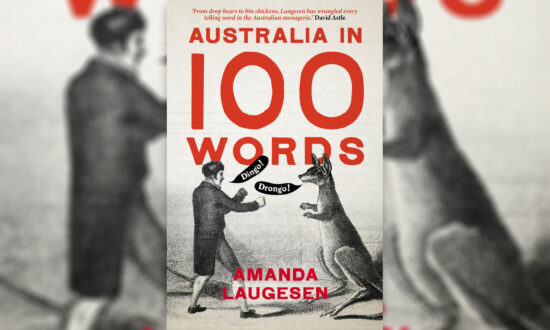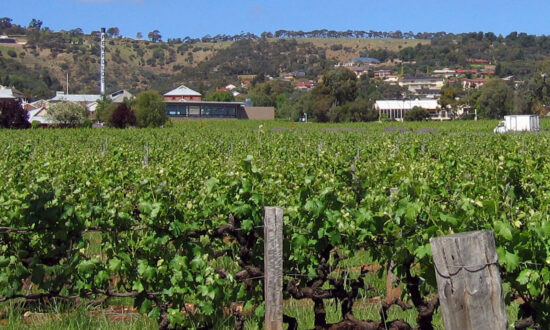History has many definitions. One view is that every history worth the name is a mass of biographies brought together by a single event – or, in the case of military history, a campaign.
What writer Damien Wright has done in detailing how a posse of Anzacs went to war again after the 1918 Armistice – is compile 12 chapters of epic daring by multiple protagonists across the world’s biggest land mass. And if anyone knew that even a doomed campaign or a battle of attrition can generate its own pantheon of heroes, the men of Gallipoli and the Western Front did.
The White Russian bid to strangle Bolshevism “in its cradle” lasted two blood-soaked years. More than 150 Australians served on fronts from Siberia to Karelia (then known as North Russia), but Wright’s special focus is the fate of Samuel George Pearse and Arthur Sullivan, winners of the only Victoria Crosses awarded for the latter campaign.
Seventeen years ago this reviewer, on an Archangel-bound train and knowing nothing of this history, passed within 400m of where Sam Pearse earned his (posthumously awarded) medal. On August 19, 1919, Pearse cut through barbed wire, rushed up to a Communist-held blockhouse and lobbed in a cache of grenades. A responding fusillade from the surviving defender killed him outright.
Soon afterwards, Pearse’s widow, a young Englishwoman living in Mildura, gave birth to their daughter, named Victoria Christine (so bearing the initials V.C.).
Vicky, as she was known, would spend much of her long life trying to discover the resting place of her late father, until, in her 80s, Wright – who had been obsessed by the same question in respect of all Australian volunteers who fought in the Russian Civil War – caught up with her.
On her 91st birthday Vicky attended the opening of the Australian War Memorial’s new Hall of Valour. At 96 she died without fulfilling her lifelong wish of visiting her father’s grave. This work’s closing chapters are the equal of any detective thriller, and this review could easily reveal how successful Wright’s quest was – but then he would have to kill me.
Warfare in 1919 was just as savage as that waged on any European battlefield: only a few years after Germans had been demonised for using phosgene, an RAF squadron was dropping “gas bombs” on enemy-held villages. A White Russian colonel forestalled a mutiny by demanding the ringleaders step forward or every 10th soldier would be summarily executed. When this produced no response, he proved as bad as his word, the unlucky portion were marched away, shots rang out and his troop was literally decimated.
Wright has not just written a book, but pierced a profoundly dark corner of our national self-knowledge. This is a tribute not only to character and courage, but to undaunted perseverance, not least that of the author for whom this is the culmination of a decades-long labour of love fuelled by unflagging interest in one of Australia’s most obscure military engagements.

Get InDaily in your inbox. Daily. The best local news every workday at lunch time.
A century ago, questions were asked in Parliament about citizens participating in an “unofficial” combat zone – prefiguring the furore over Australians in our own time who went to fight in the Middle East and Ukraine.
There was never a mass reunion of Diggers from the Russian war. On Anzac Day in 1958 there was a get-together of three members from the North Russia Relief Force. They hadn’t seen one another since 1919. In a rare humorous aside, Wright notes: “They organised a few drinks and then found that they were so busy with memories that they forgot most of the drink.”
And there exists no memorial in stone to the Australians who served in that far-off place and far-off time. Until there is, this book will be a very fine substitute.
Australia’s Lost Heroes by Damien Wright, Big Sky Publishing ($32.99)
Support local arts journalism
Your support will help us continue the important work of InReview in publishing free professional journalism that celebrates, interrogates and amplifies arts and culture in South Australia.
Donate Here




